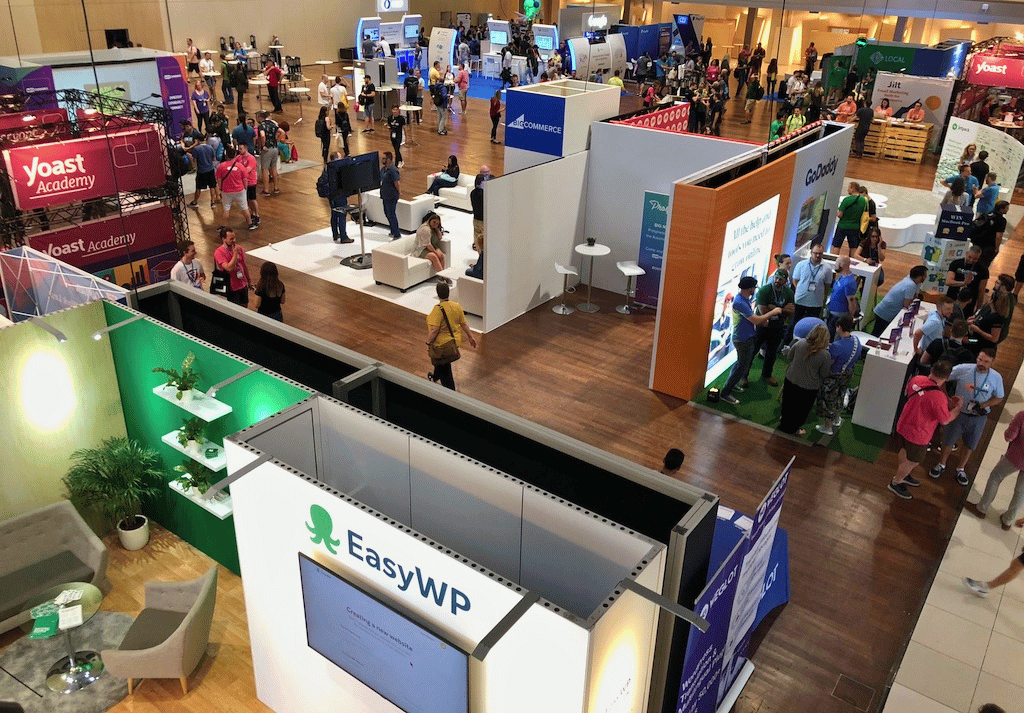WordPress trends to watch in 2025


After a turbulent 2024, which included a variety of headline-worthy events, the coming year promises to be exciting for WordPress groupies and site managers alike. Let’s explore the key WordPress trends that are set to define the industry in 2025, offering predictions about how these developments may impact website creation, management, and optimization.
Whether you’re looking to stay ahead of the web design curve or simply want to understand what the future holds for your own e-commerce website, this forecast will equip you with the knowledge you need.
Innovative design approaches
One of the most interesting trends is the growing call for “out-of-the-box” designs. This movement encourages WordPress theme creators to break free from conventional design norms and explore more daring, unique visual concepts. The goal is to infuse websites with personality and create memorable user experiences that stand out in an increasingly crowded digital space.
This shift towards more innovative designs is not just about appearances — it’s about rethinking how users interact with websites. Designers are experimenting with new navigation patterns, dynamic content presentation, and interactive elements that engage visitors in new and exciting ways. For instance, we’re seeing an increase in themes and plugins that utilize scroll-triggered animations, parallax effects, and asymmetrical layouts to create visually striking and immersive experiences.
However, this push for more creativity comes with its own set of challenges. As designs become experimental, there’s a growing need to balance new ideas with usability and accessibility. Designers must ensure that their avant-garde creations don’t compromise the fundamental principles of good user experience (UX) design.
Evolution of the Gutenberg block editor
We are once again watching for the transformation of Gutenberg into a full-fledged site builder. This means that users will be able to design and customize entire websites using the block editor interface, without the need for separate page builders or complex theme customization options.
Despite skepticism, this shift is touted to democratize web design, allowing even non-technical users to easily create professional-looking websites. Making the native editor more like a site builder has been a goal of the core WordPress team for years, and while we’re closer, it’s just not yet a reality.
We are likely to see a proliferation of new blocks and block patterns to support this evolution. These pre-designed components will offer users a wide range of options for creating complex layouts and functionality without writing code.
Expect to see blocks for advanced features like e-commerce product displays, booking systems, and interactive maps, all of which can be easily added and customized within the editor.
Core Web Vitals take center stage
Core Web Vitals, introduced by Google in 2020, have become a key factor in search engine rankings. These metrics measure aspects of web usability such as loading performance, interactivity, and visual stability of page content. As we approach 2025, these metrics will likely become even more sophisticated and influential in determining a site’s search engine visibility.
One of the primary areas of focus for WordPress performance optimization in 2025 will be improving Largest Contentful Paint (LCP). This metric measures how quickly the main content of a page loads. To address this, we’re likely to see advancements in lazy loading techniques, not just for images but for all types of content. New WordPress plugins and themes may incorporate AI-driven predictive loading, which anticipates user behavior to preload content before it’s needed.
Fort Knox-level security
Artificial Intelligence (AI) and Machine Learning (ML) are set to play a more prominent role in WordPress security. We can expect to see the development of intelligent security plugins that use AI algorithms to detect and prevent threats in real-time. These systems could analyze behavior patterns on a site, identifying and blocking suspicious activities before they can cause harm. ML models might also predict potential vulnerabilities based on a site’s configuration and plugin usage, offering proactive security tasks.
The concept of “secure by design” will likely gain traction in the WordPress ecosystem. This approach involves building security considerations into every aspect of a website from the ground up rather than treating security as an afterthought. We may see new development frameworks and coding standards emerge that prioritize security at every level, from database interactions to front-end output.
AI integration and automation
One of the most exciting developments in AI integration for WordPress is in the area of content creation. We’re likely to see more sophisticated AI-powered writing assistants that can help users generate high-quality content more efficiently. These tools might offer suggestions for improving readability, optimizing for SEO, and even generating entire drafts based on user prompts.

However, it’s important to note that while AI can assist in content creation, human creativity, and oversight will remain crucial for producing truly engaging and original content.
Personalization is another area where AI is set to make a significant impact. WordPress sites in 2025 may leverage AI algorithms to analyze user behavior and preferences, dynamically adjusting content, layout, and even functionality to provide tailored experiences for each visitor.
The resurgence of community events
After years of virtual gatherings necessitated by global circumstances, there’s a palpable excitement for the return of physical WordCamps, meetups, and other community-driven events.
This renewed focus on in-person gatherings is driven by recognizing the unique value face-to-face interactions bring to the WordPress community. While virtual events have their place and will continue to play a role, there’s an irreplaceable energy and serendipity that comes from bringing WordPress enthusiasts together in the same physical space.
One of the most notable trends we’re likely to see is an increase in the number and diversity of WordCamps. These events, which serve as focal points for local and regional WordPress communities, are expected to flourish in 2025. For example, India is hosting three large WordCamps in January alone.

We may also see the start of new WordCamp formats, such as specialized events focused on particular aspects of WordPress development or use cases. For example, there could be WordCamps dedicated solely to e-commerce, accessibility, and new Campus Connect events.
A new year, a new set of possibilities
The future of WordPress is bright, dynamic, and full of potential. By staying informed about these trends and embracing the opportunities they present, you can position yourself at the forefront of web development and content management. As WordPress continues to shape the internet, it’s important to remember that internet users around the globe also shape WordPress. It’s a relationship that’s been vital to the platform since the very beginning.
